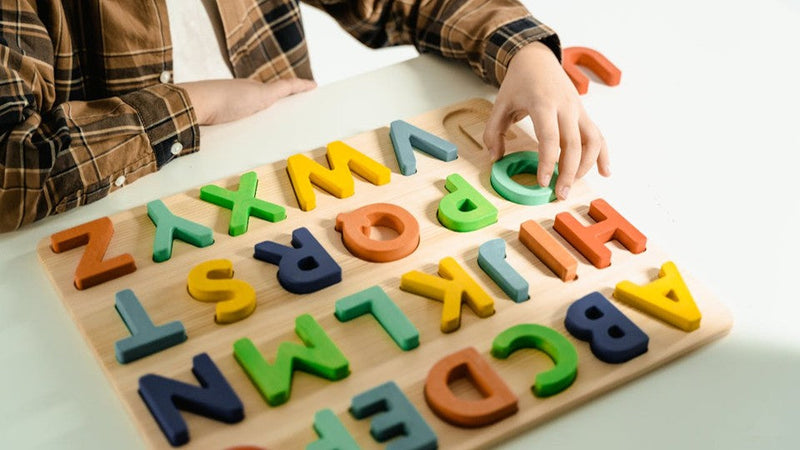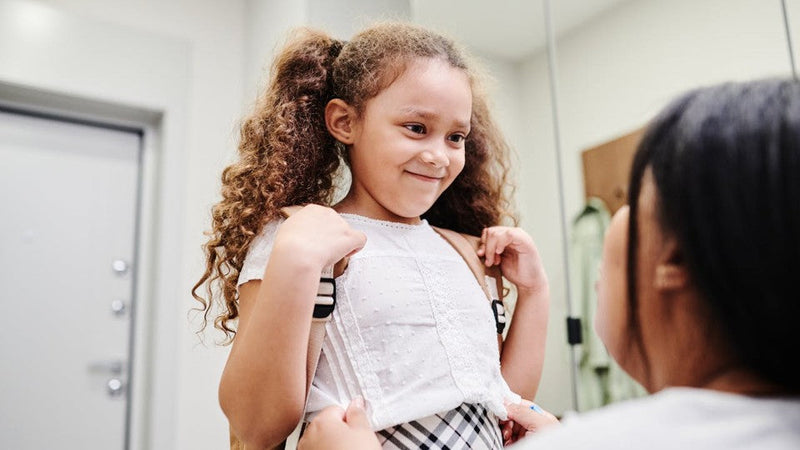

Tips for Creating a Child-Friendly Routine: Make Your Day Smoother (and More Fun!)
If you’ve ever asked your child to “get ready” and been met with a blank stare (or a meltdown), you’re not alone. Young kids aren’t born knowing what comes next—they learn it. That’s why simple, consistent routines are so helpful.
The good news? You don’t need a minute-by-minute schedule. A few predictable steps, done in the same order every day, can make mornings easier, bedtime smoother, and transitions less stressful.
Here are five practical tips for creating a child-friendly routine your family will actually enjoy.
1. Start Small (and Start Where It Counts)
Pick one time of day that tends to be chaotic—like morning or bedtime—and build a simple routine around it. Don’t try to fix the whole day at once. Small wins = big progress.
Example:
Instead of tackling everything, start with just:
-
Wake up
-
Potty
-
Get dressed
-
Eat breakfast
Once that’s solid, move on to another part of the day like nap time or quiet play.
2. Use Visual Schedules
Kids love knowing what comes next—but they can’t always remember it. Visuals help! Use simple picture charts or drawings to show each step in the routine.
📌 Tip: Laminate a routine chart or place it at kid-eye level so they can follow along on their own.
You can make your own or find printables online. Bonus points if your child helps decorate it!
3. Keep It Short & Simple
For young kids, 3–5 steps per routine is just right. Too many steps = confusion or overwhelm. Keep language and expectations clear and consistent.
Instead of: “Go get ready for bed!”
Try: “First we brush teeth, then we pick a book, then it’s snuggle time!”
The same steps every night help the routine stick—and give your child a sense of control.
4. Make Your Child Part of the Process
Let your child help create the routine. Ask questions like:
-
“What do we need to do before we leave the house?”
-
“What comes after brushing your teeth?”
Even toddlers can help check off steps or move magnets on a chart. Involving them makes them feel important and boosts cooperation.
5. Stay Consistent (But Give Grace)
Consistency helps kids feel safe—but flexibility keeps you sane. Stick to the same order and flow most days, but don’t panic if things go sideways.
Whether it’s a late nap, a skipped bath, or a surprise outing, your routine can bend without breaking. The goal isn’t perfection—it’s predictability.
Conclusion
A child-friendly routine doesn’t have to be complicated. A few simple steps, the same order each day, and a little visual support can transform your day from chaotic to calm. Best of all, routines help your child feel more confident, more independent, and more connected to you—and that’s what really matters.















